Top Discussion: Knife blows from below in Israeli Krav-Maga
- Gil Peleg

- Feb 11, 2022
- 13 min read
Updated: Jun 16, 2022
In this article, we will look at: What are the attack strategies with a knife? What causes more harm, a knife cut or a stab wound? What are the traditional forward knife grip techniques? What is a long knife blow from below? What is a short and frequent stab from below? What types of training knives and protective equipment are used in Krav-Maga training? What types of real assault knives are there?
Warning!
The concepts presented here are for illustrative purposes only. Before attempting any technique discussed or presented in this article, seek professional training from a reputable instructor.
What are the attack strategies with a knife?
When starting to teach knife attacks, instructors usually use a specific language to convey movement, that is, they use angles numbered from one to eight. Some instructors prefer to use more angles, while other instructors choose fewer. Distances to the enemy are very important for choosing a defense strategy against a knife attack. If we are at medium and close range, that is, at the most popular distances, we need to use the hand to stop the momentum of the attacker. But you have to be careful! Usually experienced masters of the knife fight use a tactic called "Killing Snakes". Note: This is the case when both the attacker and the victim fight not for life, but for death. This principle, taken from the Filipino martial art "Kali", is simple: when a weapon (knife) or a blow approaches you, simply attack him with the knife "The region of the opponent's body closest to you". This is a very dangerous principle for an attacker! Because in any attack he gets cuts on accessible parts of the body! While the main goal is to cut the inside of the wrist and forearm, where are the tendons used to bend the fingers. According to Shihan Armen Avanov (6th Dan in Krav-Maga and Karate-Kyokushin), “Knife strikes to the limbs are very dangerous, so the victim must attack with kicks and hands-on the diaphragm and lower abdomen. Kicks to the groin, if they are not quite accurate, only raise the level of adrenaline and then the attacker becomes much less sensitive to pain". By using this combat tactic, further resistance from the enemy can be prevented and basic movement skills can be slowly but surely neutralized. When incised high above the hand, i.e. on the arteries of the hand ... the result can be fatal for the victim and the end comes within a few minutes through the loss of a critical amount of blood. According to Mark Fesler (6th Dan in Krav-Maga), “You should pay attention to the starting position of the attacker. Usually trained people work in the opposite starting position, i.e. the foot and the attacking hand with the knife in front, give an advantage in the distance of access with the knife".
What causes more harm, a knife cut or stab wound?
The best way to understand the damage caused by a cut or knife wound is to study the anatomy of the human body. We do not realize how vulnerable our body is and how many vulnerable areas there are in it, where even a shallow incision can be fatal. As always, the situation dictates, and you may find that in some cases a cut is better than a stab wound, or vice versa. Depends on what the attacker is targeting and where he is aiming, and more importantly, where he is actually hitting. If the target is an artery, an organ, etc., the thrusting tactic is generally capable of inflicting deep damage, but in particular, the spread is limited due to the thin profile of the strike. Attackers use it to strike internal organs such as the kidneys, lungs, heart, spleen, etc., but the stabbing can also be effective against external soft targets such as the eyes. The advantage of stabbing strikes is the tremendous speed with which the "Sewing Needle" technique, point linear strikes, can be applied. Creating deep stab wounds is incredibly effective when used this way, the downside is that if they miss a vital target, they heal fairly easily. In the case of cuts, it is not necessary to be accurate to hit a vital target, as is the case with a stab wound. The knife-cutting tactic gives the practitioner the ability to maintain unexpected and dynamically flowing movements and to link blows together while focusing on larger areas of the body. If the attacker is targeting a specific limb, a series of cuts in known areas containing arteries and tendons, his chances of hitting a vital target increase with each stab. This tactic is based on the intention to harm a person (robbery, rape, terrorism, etc.). Most people in the event of a knife attack die due to blood loss, although even a stab to a vital organ such as the heart can result in immediate death. According to Shihan Armen Avanov (6th Dan in Krav-Maga and Karate-Kyokushin), “An important aspect of the degree of damage caused by a knife blow or a cut is clothing, an effective cut in open places, a knife blow, on the other hand, is dangerous in both cases. That is why, if the victim is wearing a shirt or T-shirt, it is better to take it off and wrap the clothes around your arm”. Thus, both approaches are deadly. When we are attacked and there is no other way out, it is good to know them! To increase the chance of survival.
What are the traditional forward knife grip techniques?
A knife is a simple tool, but in the hands of a skilled professional, it is a devastating weapon. Even if the cutting edge is dull, the knife-edge can still be dangerous. Knife strike - a sharp cutting edge of steel can be fatal to helplessly exposed human tissue. The knife can also be dangerous to the person who carries it. According to Mark Fesler (6th Dan in Krav-Maga), "Be aware that unlike the trajectory of the bullet (straight), the knife cuts or stabs wherever it passes, making it very difficult to guess its trajectory". Knives can be held in a number of ways, but two major unique techniques have evolved in the field of tactical uses of knives - the forward and reverse grip of the knife, as well as some exceptional grip techniques. They are all very different, and each has clear advantages and disadvantages. Note: There is no right or wrong way to hold a knife. Humans have an amazing ability to specialize in a wide variety of positions and grips, and since everyone is different, a variety of grip techniques are used. In the previous article, "Top Knife Techniques: Side and Straight, in Krav-Maga and other methods" we covered a number of basic knife grasping techniques, so we won't delve into them in this format.
What is a long knife blow from below?
In the scenario: long knife blow from below, the attacker uses all the strength, the mass of the body, and the rapid movement of the arm with increasing acceleration from the bottom up towards the target. When holding the blade: with a forward grip (hammer or saber) - when in the first case the thumb is wound around the handle, and in the second case it is held on the butt of the knife. The goal of the attacker is to reach the vital organs of the human body in one fell swoop in order to neutralize his defensive abilities. The blade trajectory can be lower, middle, and upper. Because of this spread in the probability of hitting, it is difficult to predict the direction of the enemy's attack. True, for an experienced person in defensive scenarios with a knifes, the chance of instinctively avoiding a knife strike by retreating is higher than for an inept person, who first gets into stress and at the same moment loses the battle (life). When applying long lower blows with a knife, the beginning of the trajectory is distinguished, i.e. the exit of the blade and the end of the trajectory when it comes to injuring a person's body or missing due to a retreat with a throw of the pelvis back. At this moment, if the knife does not hit the target, usually the attacker performs a long swing of the knife from above with an advance towards the attacked (We will cover in the following articles). The victim tends to evade this attack by retreating if he has room to retreat... or by moving sideways through triangular steps. The attacker's third cut is also usually long, advancing towards the victim, at which point an experienced person may, instead of stepping back, throw the pelvis back and try to block the long undercut using the opposite forearm next to the attacking arm.
How to stop the third long blow with a knife from below?

Eagerness for contact (Fight) with the attacker, with the help of the victim's hand opposite to the attacker's knife, which brakes the knife with the forearm and throws the pelvis back, at the same time with a powerful attack with the other hand (Neutralizing blow) to the jaw or "Eye" - Shihan Armen Avanov (6th Dan in Krav-Maga and Karate-Kyokushin). In the third stage, the forearm is replaced with our palm to grab the opponent's attacking knife hand, block it with a straight arm, and keep hitting the jaw until he (the attacker) releases the knife. Note: While the knife is in the hands of the attacker, it is a danger to life. As a result of blows, with the weakening of the grip of the knife, be sure to remove it from the hand with a strong blow to it (in the following articles we will discuss submission techniques after neutralizing the threat of the knife).
What is a short and frequent stab from below?
In this scenario, the attacker uses fast, frequent, and short arm movements to inflict as much damage as possible on the attacker through multiple stab wounds (short-medium range). In the third stage, the forearm is replaced with our palm to grab the opponent's attacking knife hand, block it with a straight arm, and keep hitting the jaw until he (the attacker) releases the knife. When the goal of the attacker is not a specific organ, but a series of accidental injuries to the body caused by a knife. This tactic is fatal and very difficult to predict, as stabbing occurs unexpectedly when the knife is normally hidden. In this attack, the chance of being hit by the first blow is very high because the victim is not ready to attack. But if the knife has not struck a vital organ in the attacker's body, there is little chance of deflecting subsequent blows if we are experienced in such surprise attacks. The goal is to stop the attacking hand with a knife coming from below, with two characteristic approaches: an approach with the victim's hand opposite the attacker's knife, which performs forearm braking of the knife and throwing the pelvis back; Triangular steps, opposite to the direction of the attacking hand, with the braking of the knife - by the forearm. When the goal is to use the opposite hand to deliver neutralizing blows to the jaw or "Eye" (Shihan Armen Avanov) of the opponent until he loosens his grip on the knife. Note: During our rotational movement in the direction opposite to the knife, it is necessary and mandatory to slide from the blocking forearm to the palm and grab the attacking hand with the knife. When the elbow is later extended and blocked by a grip on the attacking knife arm. Note: While the knife is in the hands of the attacker, it is a danger to life. As a result of blows, with the weakening of the grip of the knife, be sure to remove it from the hand with a strong blow to it (in the following articles we will discuss submission techniques after neutralizing the threat of the knife).
What do they wear in Krav-Maga?
According to the history of the formation of the Combat System, it was intended for the security forces of the State of Israel, so formal clothes were uniform (military uniform). Although there are schools that teach in black Ninjutsu-Style pants and a black T-shirt, it is usually necessary to wear Martial arts shoes as well. Important note! Women’s and men's equipment in this method are absolutely identical. The following is a recommended list of clothing when training Krav Maga:
What does the training equipment of the Krav-Maga trainer include?
Following the history of the method, great importance is attached to the formation of functional muscles. On the one hand, it is necessary to work on speed and agility in movement, and on the other hand, to develop muscles to increase strength and power. To succeed in this task: Need to work with small weights, many reps in each set; Also combine with strength training, it is advisable to consult with a trainer so as not to damage the muscle ligaments; It is recommended to work with a wrist expander and rubber for dynamic loading; With heavy training rope; a lot of reps on a heavy and light boxing bag; With a punching bag, etc ... It is imperative to practice throwing, choking, blocking, kicking and punching. Punches and knees on the trainer's abdomen may only be performed with suitable and safe belly protectors! In the tactical training of Krav-Maga, rubbery equipment is used like knives, padded sticks, etc... One needs to use equipment that has passed strict safety tests. When signing up for a club, check if their gym floor is well protected and if there is a suitable protective pad against falls, throws, etc. Below is a list of the recommended trainer equipment when teaching Krav-Maga:
How important is personal protective equipment when practicing Krav-Maga?
Good schools understand the importance of protective equipment when teaching martial arts in general and in combat in particular. Demonstrations and battles are not allowed without appropriate protective equipment! These are usually inexpensive shields compared to the physical damage they prevent. Also, there is no insurance without protective equipment! When striking a punching bag, be it a jab, cross, hook, or uppercut, boxing gloves should be used. It is recommended for full contact to use a body protector that maintains the integrity of the ribs. Also, shields for the head, teeth, groin, and legs are recommended.
It is very important to practice Krav-Maga using rubber training knives and even more important during training to wear appropriate protective equipment: such as glasses designed to protect the eyes; a body protector; a Head guard against receiving an unwanted blow. The following is a list of recommended equipment for knife defense studies in Israeli Krav-Maga:
With what equipment is it recommended to practice Krav-Maga at home?
To learn Krav-Maga, one needs to practice the same thing, many times over. This is not a theoretical area compared to other martial arts where one can learn from a trainer by watching directly through a computer. So practice and interaction are of the utmost importance. Although, it is worth it and even recommended to work at home on punches and kicks, strength training, etc. For this purpose, it is possible to purchase minimal personal equipment that does not take up much space at home. Prepares physically for classes in the section. It also improves the following parameters: Strength, flexibility, cardiopulmonary endurance, and more.
Using a yoga mat, abdominal muscles can be improved; Training weights are to improve muscle strength; Using an adjustable strength bench can strengthen chest muscles by lifting weights; A free-standing punching bag is a perfect solution for punching and kicking improvement at home ... Below is a list of recommended equipment for home exercise:
Home training is recommended to be performed under the supervision of a certified trainer. It is recommended to avoid exercising alone at home!
How important is cardiopulmonary endurance in Krav-Maga workouts?
First of all, this is health, and secondly, in a battle that does not end in a short time, the one who has cardiopulmonary endurance wins. To improve cardiopulmonary endurance, it is recommended to take brisk walks, combined with running, to increase and decrease the pace. These runs can be done outdoors, on the coast, on a Treadmill, or on a Home spinning bike. Recommended: Wear suitable shoes while running, and document and monitor your calorie burn and heart rate with your Smartwatch. Also, with the help of this it is very easy to see improvements in cardiopulmonary endurance, In fact, all your actions are recorded using a computer, and there is a training history. The following is a list of recommended personal equipment for home workouts, for developing cardiopulmonary endurance, and for monitoring and controlling progress:
Home training is recommended to be performed under the supervision of a certified trainer. It is recommended to avoid exercising alone at home!
What types of real assault knives exist?
Warning!: Real and dangerous combat knives have been attached below, do not use them for training purposes! Do not use them to intentionally hurt someone! They are for illustration only! That is, to recognize existing threats and be prepared for them! The following is a list of real attack knives for illustration only (there are dozens of different types of attack knives):
What are the recommended books to read, on the subject of knives?
Dear friends, if you are reading this article I guess you like the subject of knives. As a result, I will share with you a number of books on this subject that I have personally read and been very impressed with. You will ask and rightly so, why are they not only about an Israeli Krav-Maga? My answer is simple, I believe that for survival any self-defense technique is good! As much as it is applicable and useful! In our Facebook Group, we are talking about applicable self-defense, and what is good about it is that the method has no meaning at all, but the application of realistic exercises for effective self-defense! As a result, the books are also from different fighting methods regarding knives. I hope you will enjoy them.
Summary: Knife protection from below
In this article, we looked at the strategy of attacking with a knife and what does more damage is a cut or a stab; Why the grip of a knife is individual for each person and there is no better or worse, but what is more correct; What is a long knife blow from below; What is a short and frequent blow from below with a knife? What types of training knives and protective equipment are used in Krav-Maga training and what types of real assault knives are. We also received a professional opinion from experts in the field of self-defense.
Written by Gil Peleg.
Professional consultant in Krav-Maga Mark Fesler.
Professional consultant in Krav-Maga Shihan Armen Avanov.
Dear friends, I invite you to read more about applicable Self-Defense in our Group below:
Dear friends, SUBSCRIBE to the Fitness Warriors Club's blogs page, and be the first to read new articles on the issues of Self-Defense:
Amazon's affiliate program - Fitness Warriors Club is participating in Amazon's affiliate program through the Website & through professional blogs where there are links to products marketed on Amazon. Fitness Warriors Club is not responsible for any economic and operational activities related to this program as for the refund of any payments regarding this program. All these issues will be settled with Amazon.














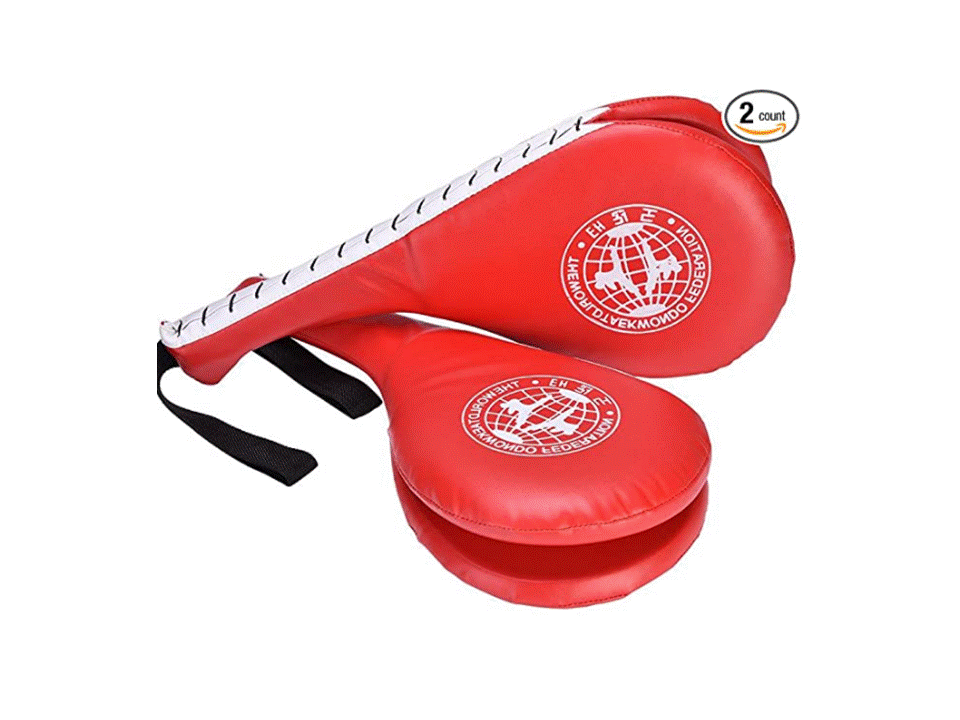


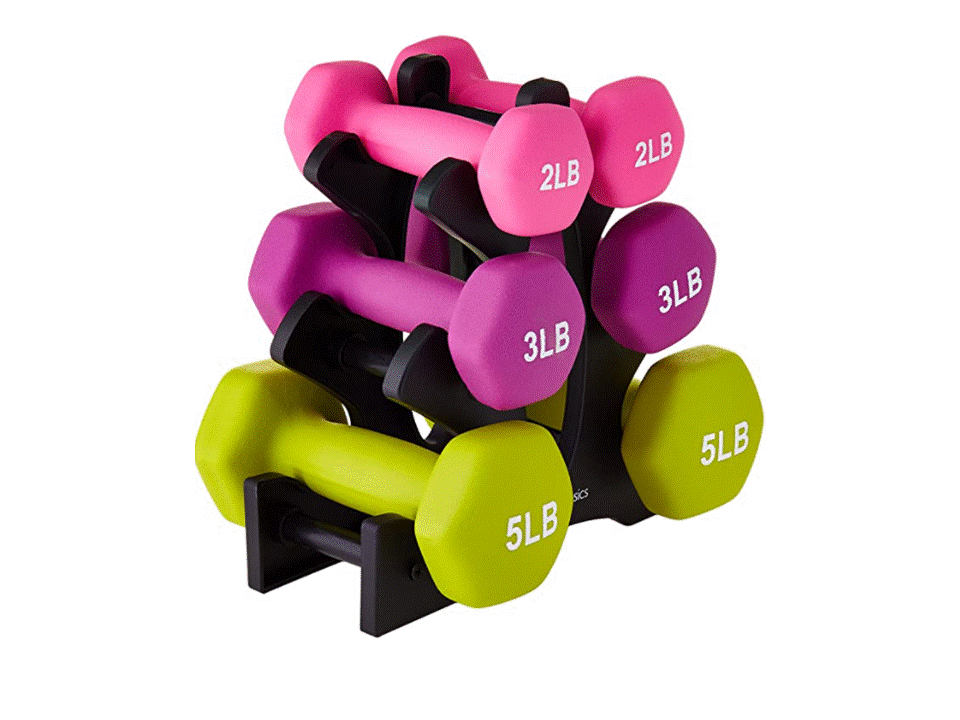
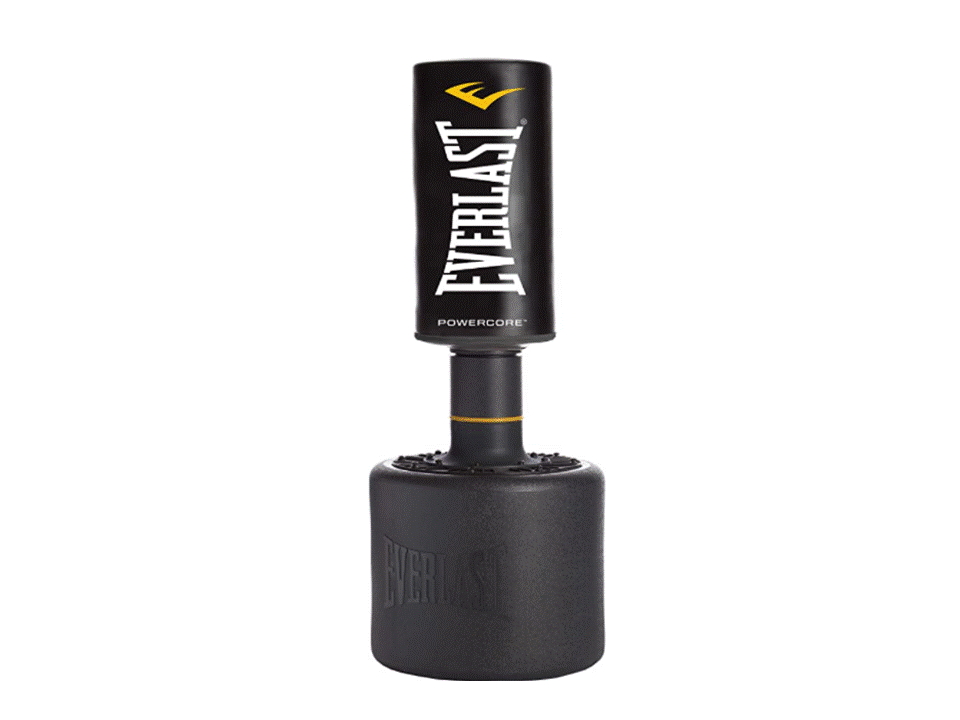
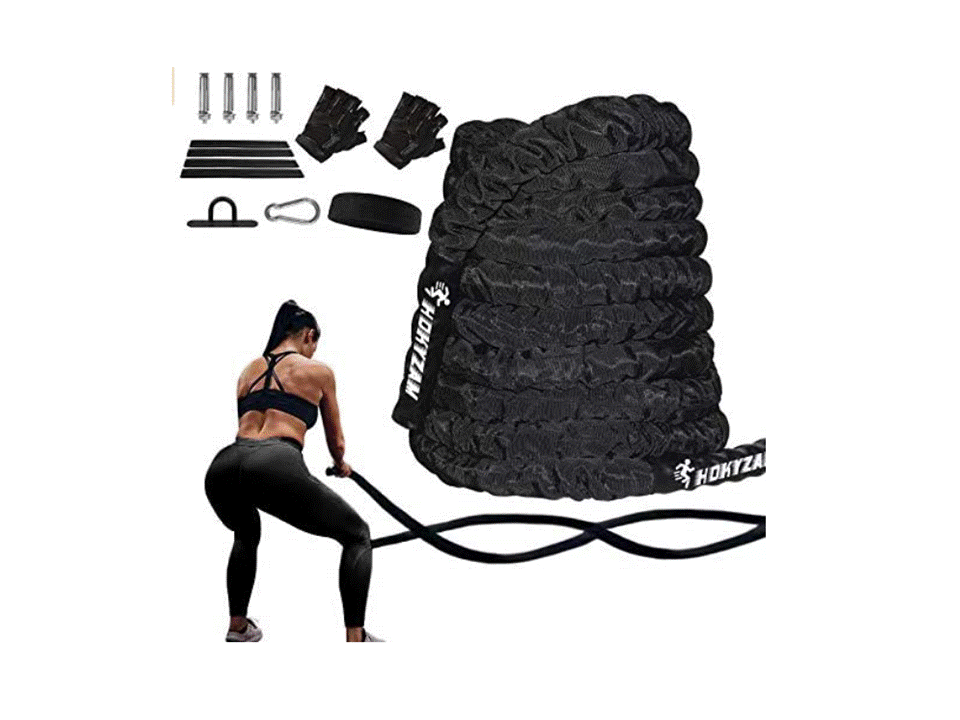












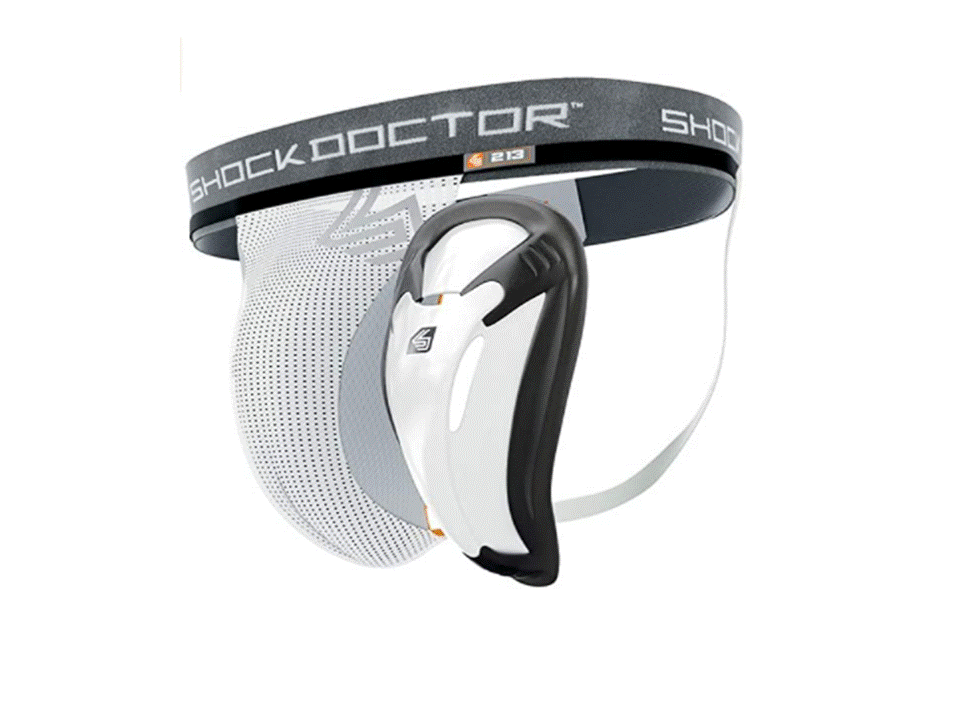
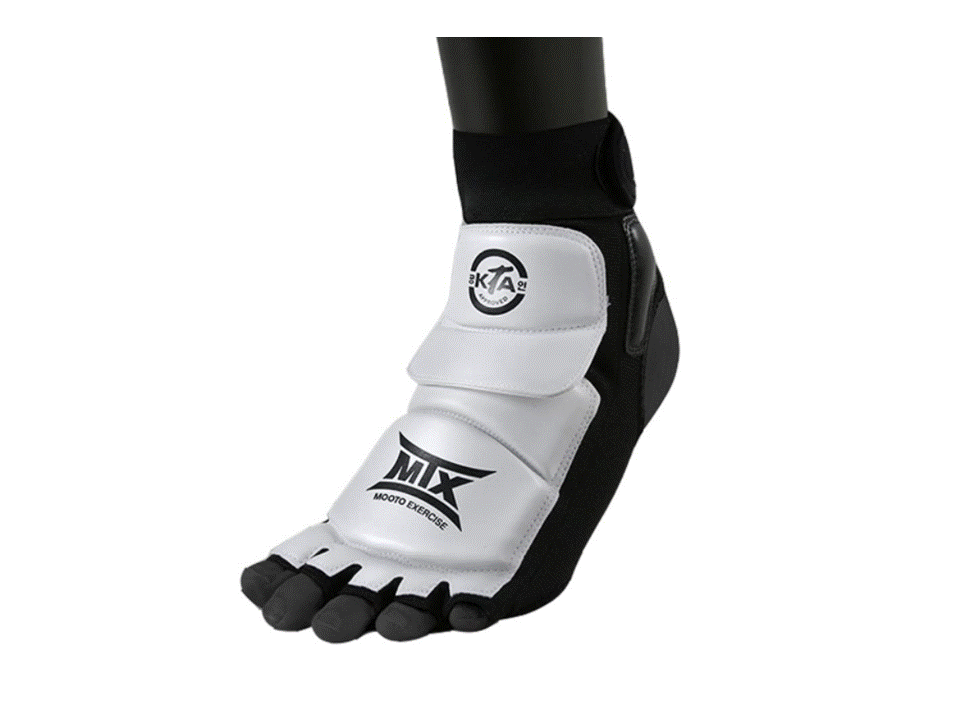
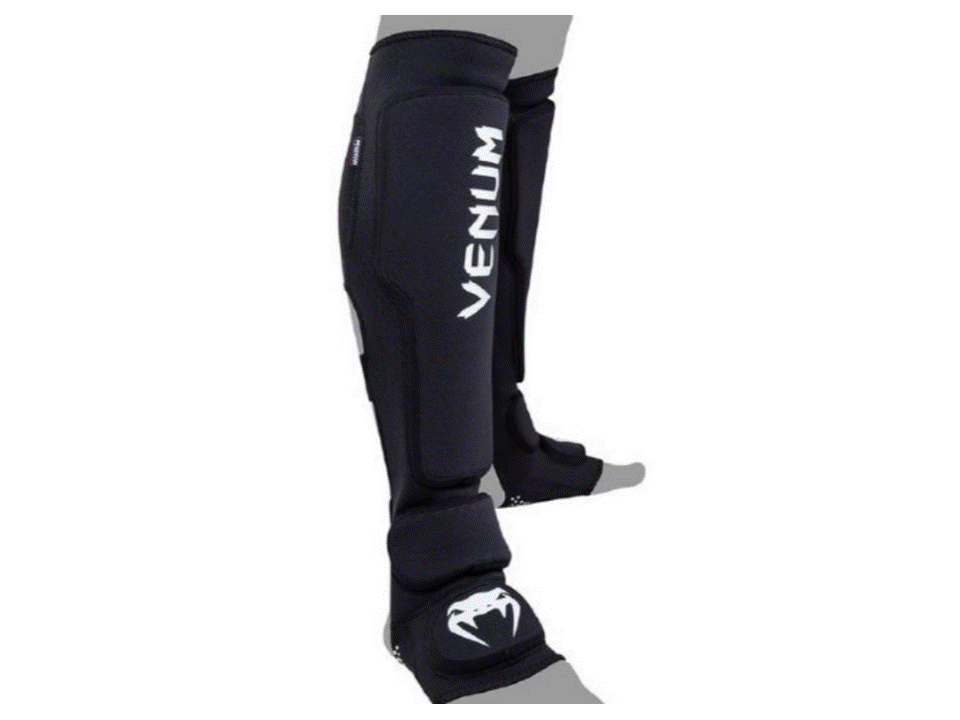
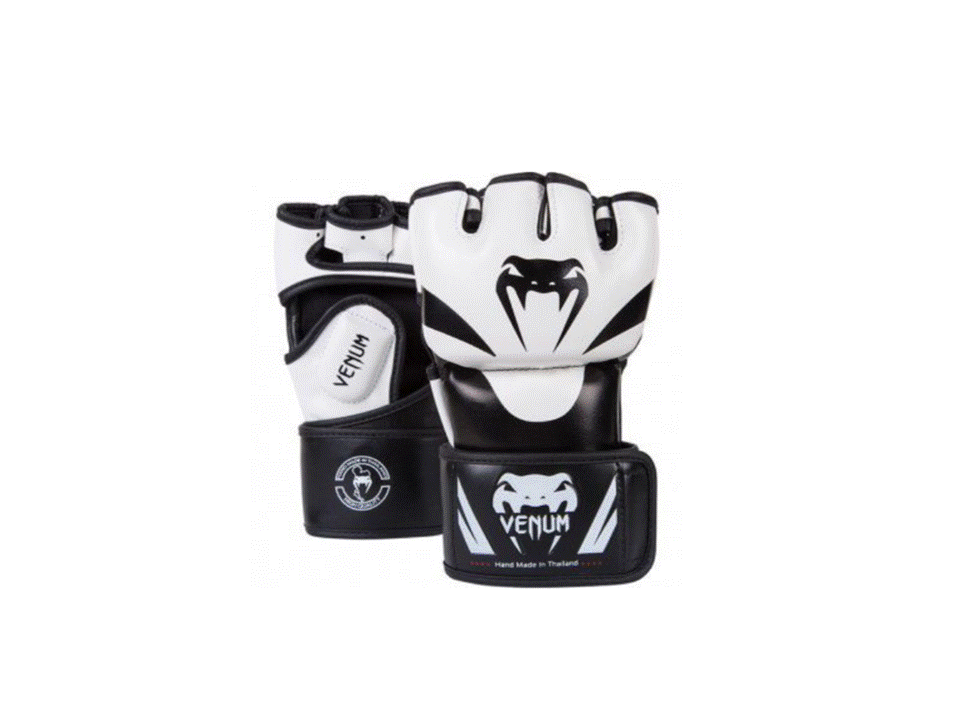

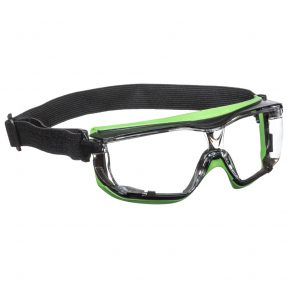










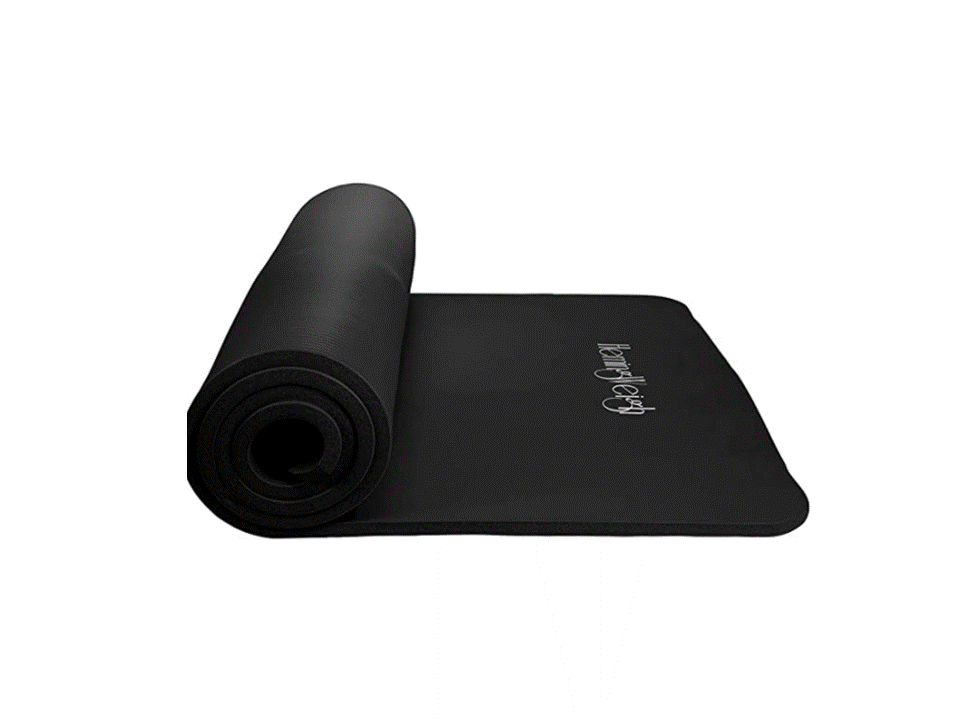
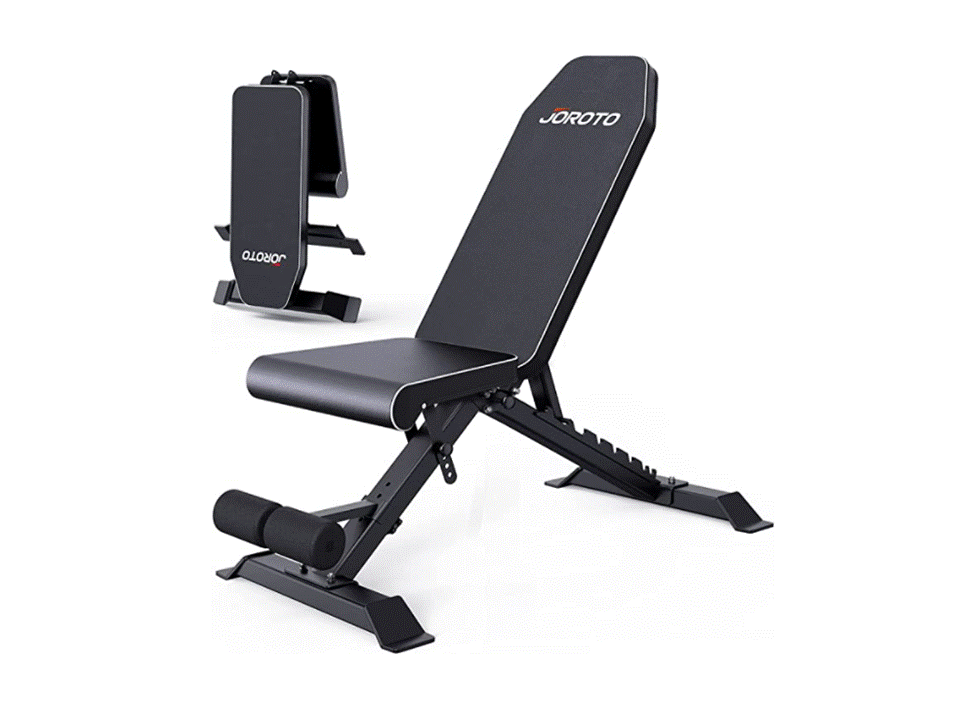



























Comments